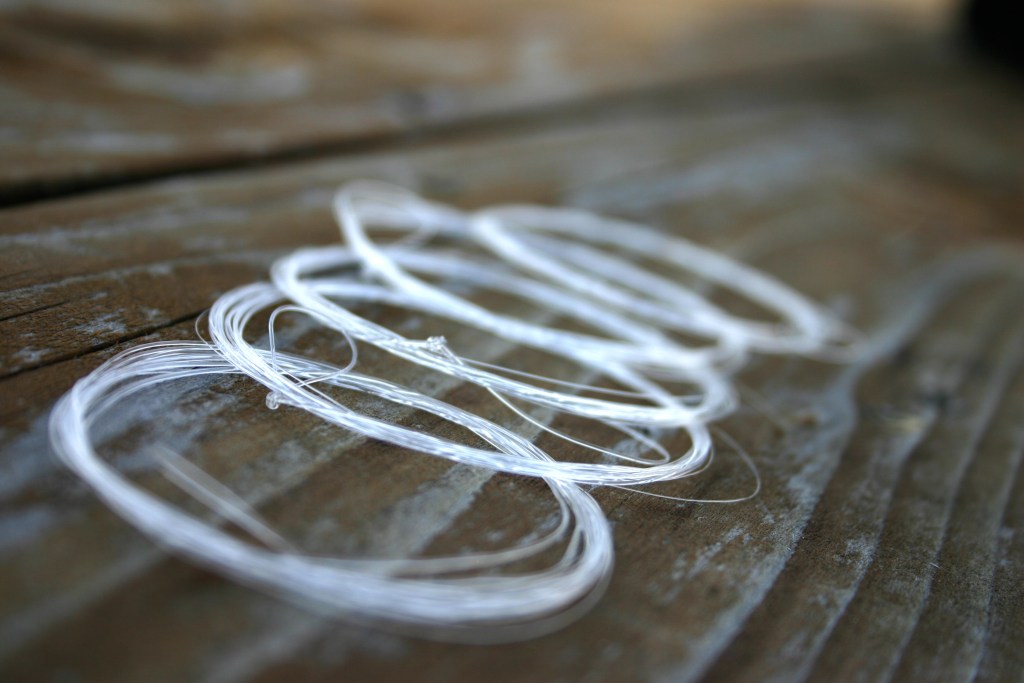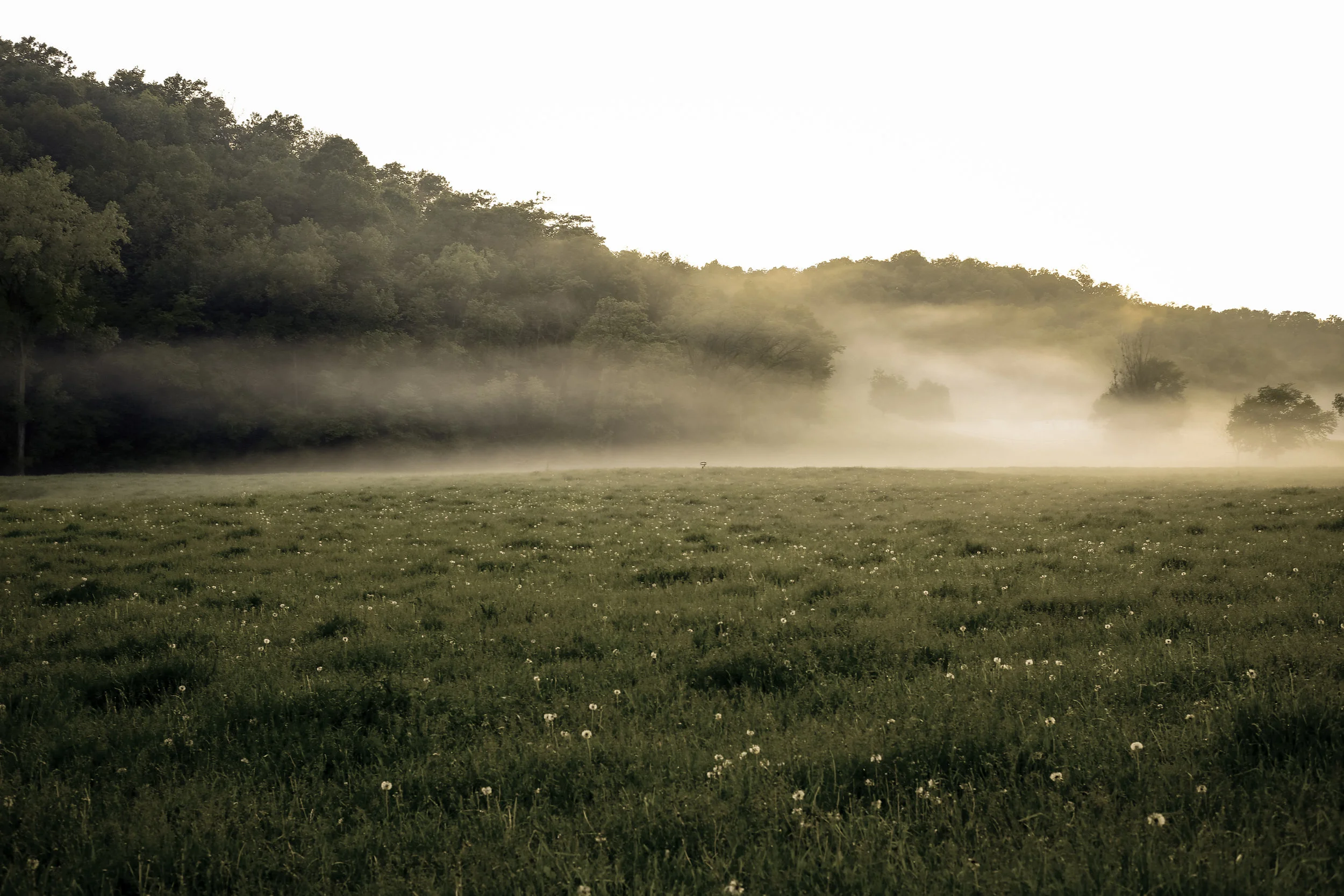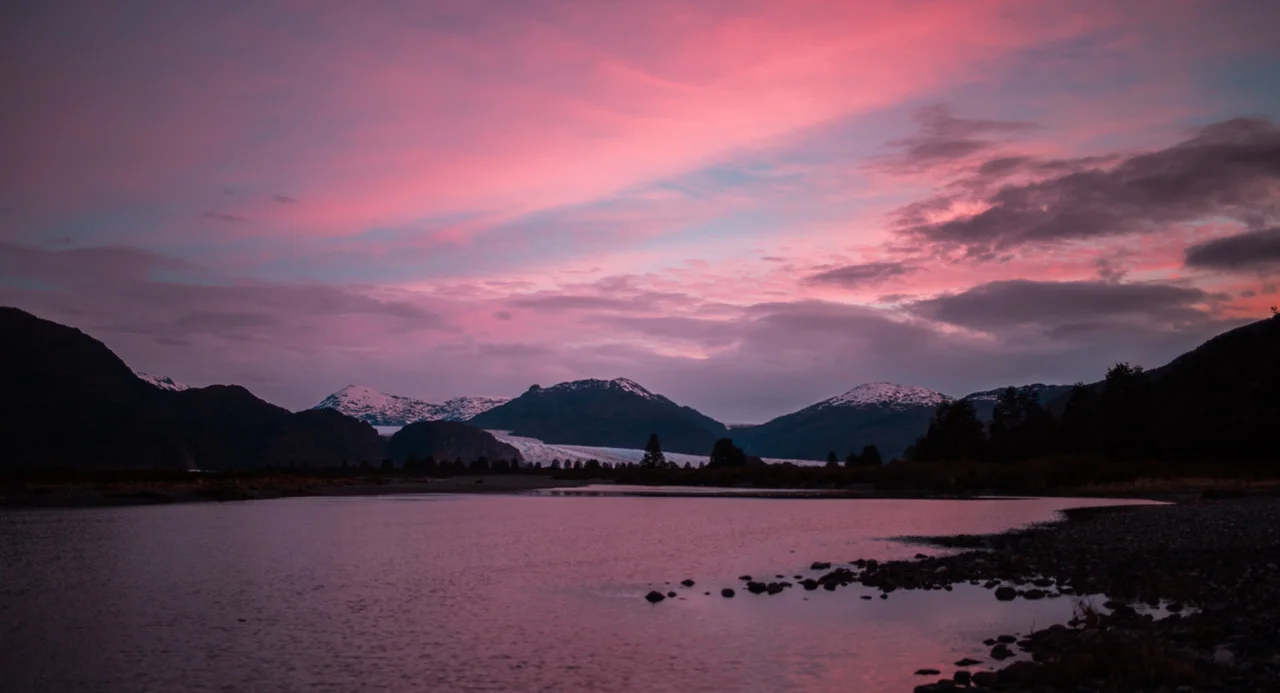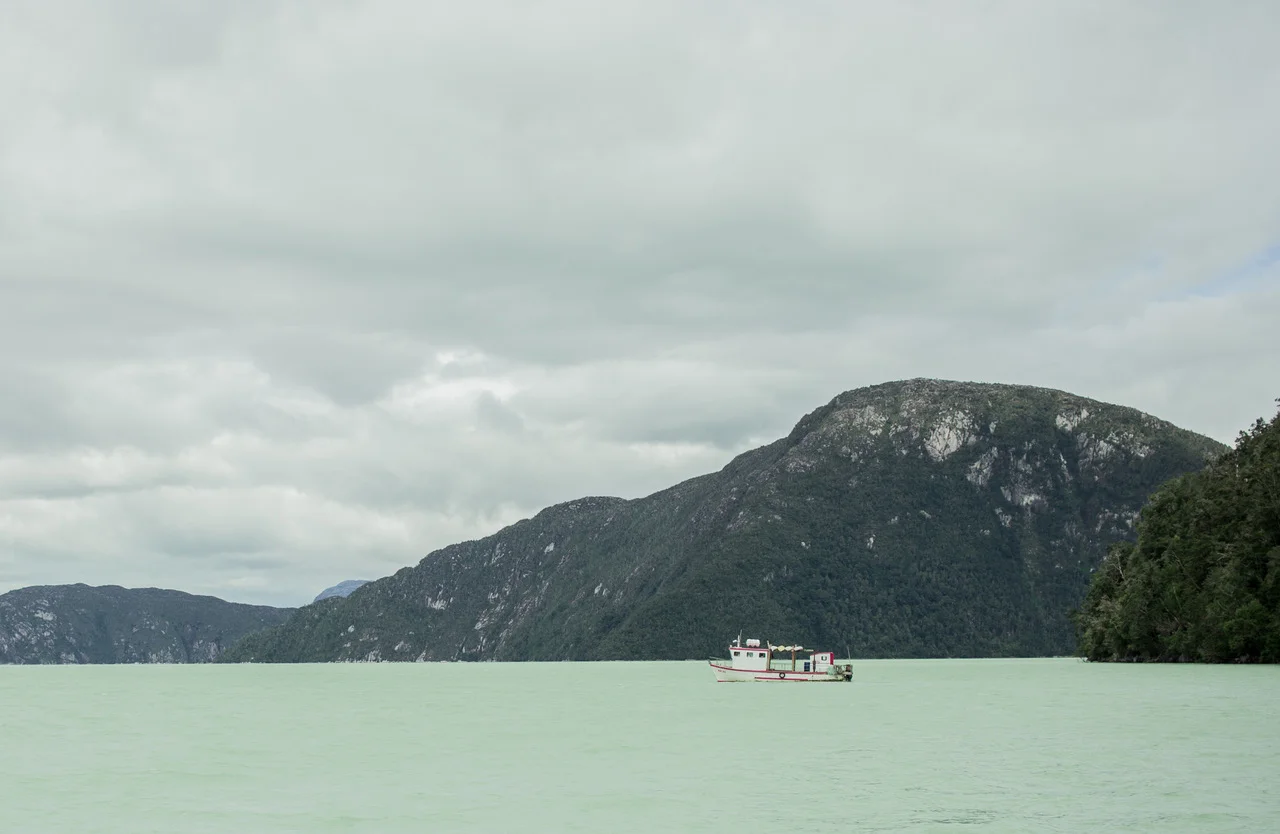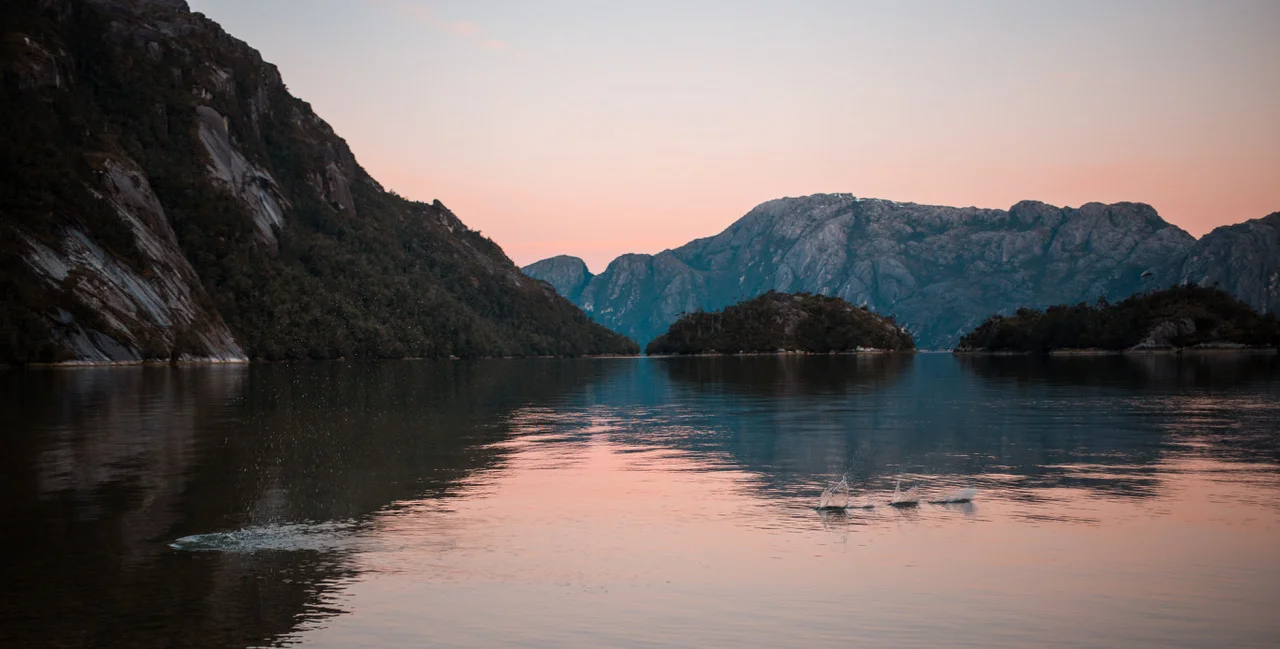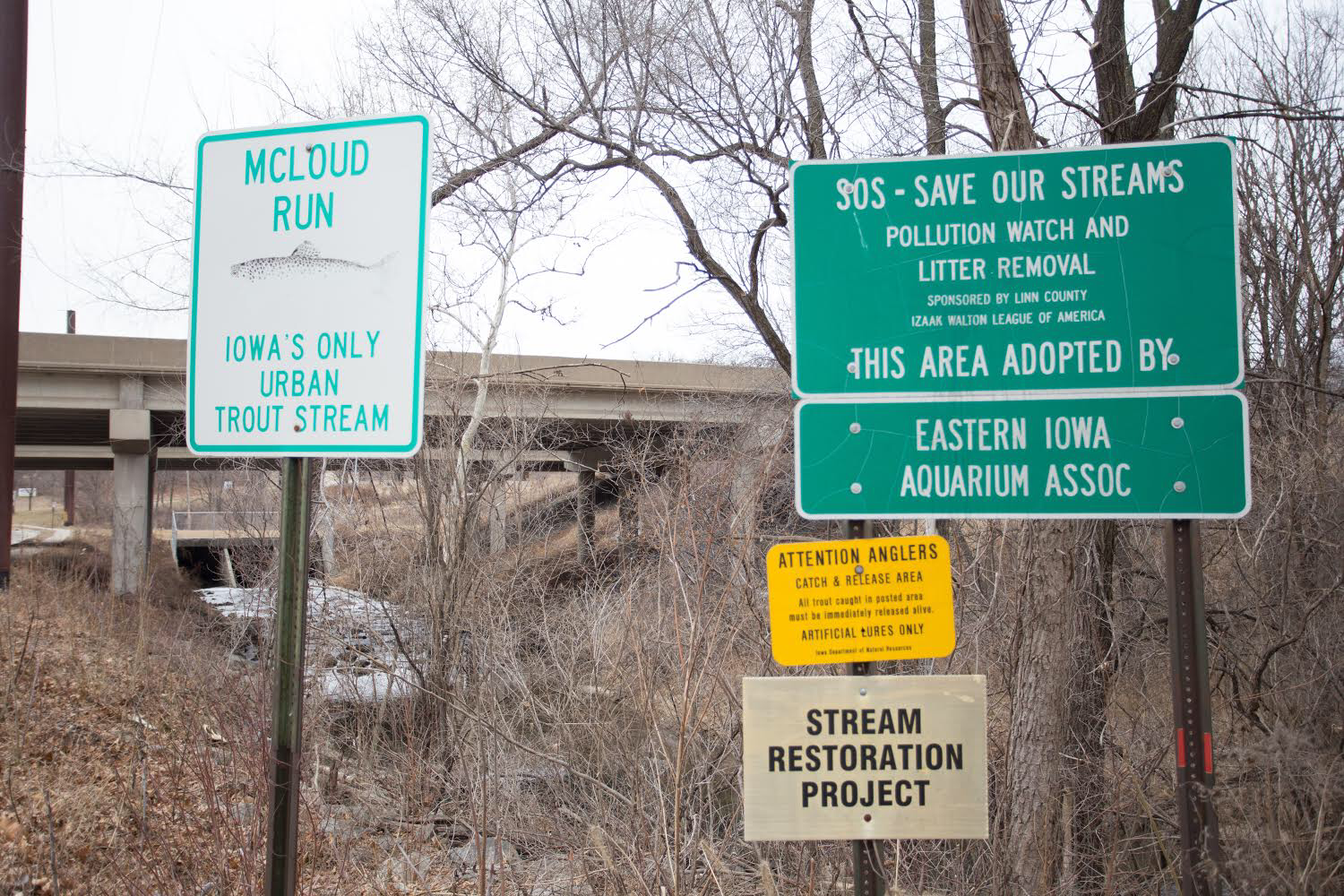I hadn’t been out on the water in nearly a week, which felt like a long time since I had fished more than ever this summer. I moved into my dorm room a week ago, and had been busy with classes and studying. I decided to take a break from my studies, and drove to a local stream not more than 20 minutes from campus.
It was a lovely Friday evening, with the air cool and the sun beginning to set. It had rained a couple of days ago, so I was curious as to how the water levels and color might have fluctuated. Small streams like this might see a slight change with a little rain, but can change drastically if higher amounts of precipitation occur.
I did not stop at a fly shop on the way to the water. I was too excited to fish, that feeling when you are going on an adventure but don’t know the outcome. Isn’t that why we all go fishing?
I had enough flies to get me through an evening, and had even tied a couple of nymphs the night before at the desk in my dorm room in anticipation. My favorites of course, the Pete’s Red Neck and the Lightning Bug Nymphs.
I opened up my fly box, rigged up my rod, and walked to the stream. With the water being fairly close to town, it does see quite a bit of pressure and foot traffic. On a Friday evening, I expected to see a few people, but know my way around and did not think twice about other anglers.
I arrive at the first run, a long slow riffle with foam running right down the middle. I see a couple of smaller fish rising at the head of the run, but with the brush and tight quarters cannot make the cast without getting hung up.
I find that I lose a lot of flies and setups this way. Not being attentive enough to look where my back cast is going, and soon enough I am wrapped every which way in the bush standing 10 feet from the river bed. With no choice but to point the rod and pull hard, I am left with a broken line and the option to re-tie or call it.
Of course, I tie another fly on and work my way up the riffle. With no takes, I move through the shallow pieces of water up towards another deep pool. No luck here either, so I round the corner to make a couple of casts in my favorite pool in this stream.
To my surprise I find someone working the pool. At first I am curious at how someone found this place, but then begin to understand. He is an older gentleman, maybe 50-60 years of age. He has a tan fishing vest on, a net attached to his back, and a classic looking hat full of flies.
He was making delicate casts, one after another in the same place, with small dry fly patterns. Watching his cast and present the fly so delicately was incredible.
He turned around to change flies and saw me standing down the stream maybe 50 feet. He gave a subtle wave and a smile, and went on changing his fly pattern. I watched him make a couple more casts, and then turned around and headed back downstream to the car.
Something about the older man on that stream, his delicate cast and attention to detail, the subtle wave, and his general way he looked to carry himself resonated with me. It reminded me of my Grandpa, fishing those small streams of Northeaster Iowa.
In a sport like fly fishing you can bridge this sort of generational gap that is more difficult in other activities. The young anglers who dive deep into the science of the sport, and the older anglers who can catch just as many fish as you on a single soft hackle fly.









